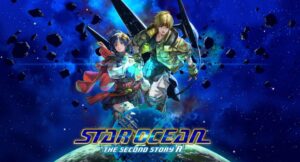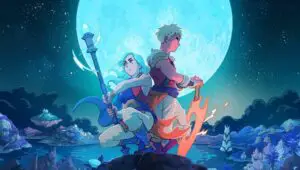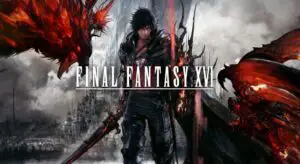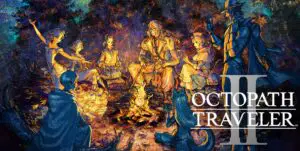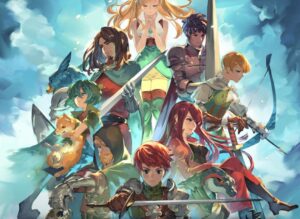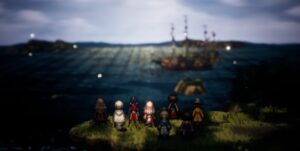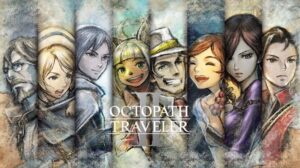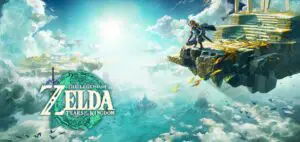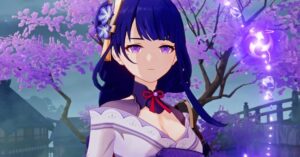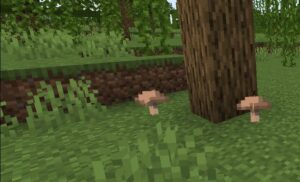Zelda: Tears of the Kingdom Review
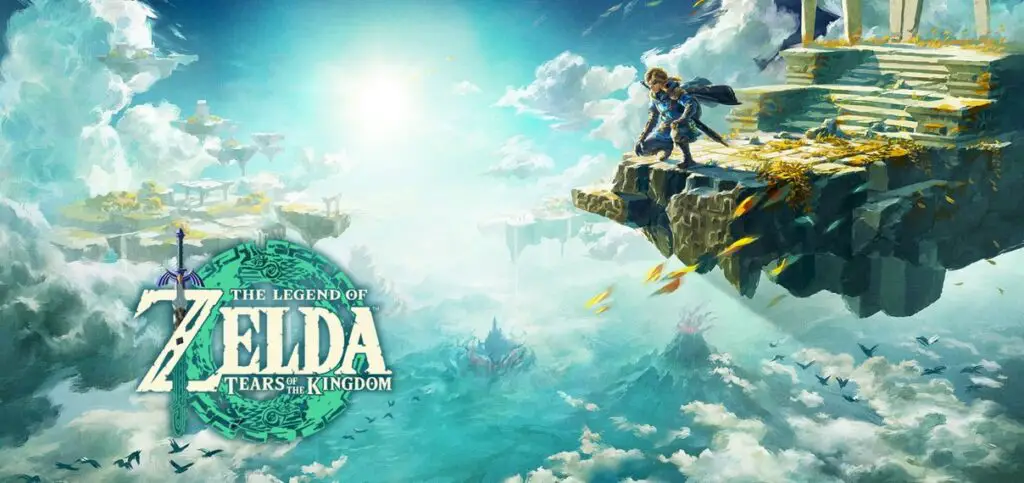
This is a spoiler-free Zelda Tears of the Kingdom review, divulging only minor details contained in the trailers.
Zelda: Breath of the Wild truly marked a revolutionary change in the series, completely overhauling the nature of Link’s adventures with a full, open world and complete player freedom to do things how and when they like. The gamble undoubtedly paid off – Breath of the Wild was the best-selling Zelda title ever, leaving little surprise that Nintendo opted for a direct sequel rather than another standalone adventure elsewhere in the convoluted Zelda timeline. Thus, six years later, Tears of the Kingdom was released with high hopes mingled with a little trepidation at the reuse of its predecessor’s formula.
Picking up a few years after Breath of the Wild, we find Link and Zelda scoping out an underground cavern beneath Hyrule castle to determine why a strange substance has started corrupting the land. Soon, a hostile encounter leaves Link grievously injured and causes Zelda to disappear altogether. This encounter triggers the Upheaval, prompting massive landforms to mysteriously float into the sky. Once again, Link is left with the task of saving Hyrule from a new threat whilst also trying to find the missing Princess Zelda.
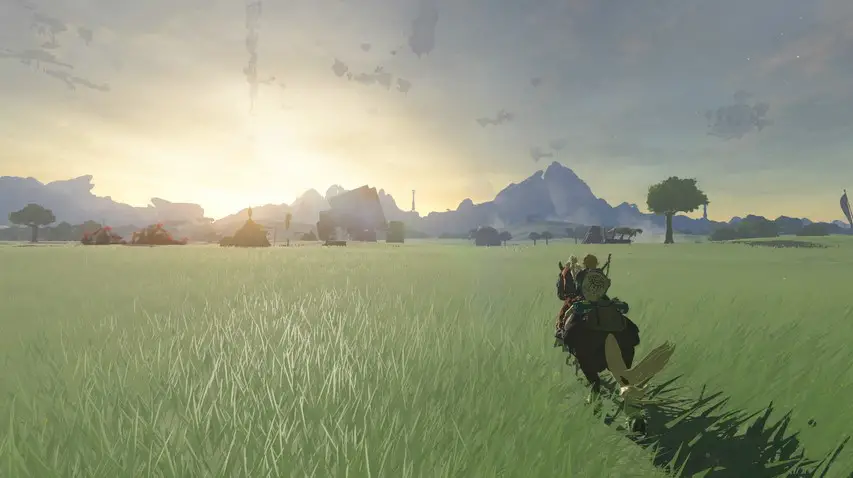
It’s fair to say Tears of the Kingdom invoked a bit of controversy once it became known that the same Hyrule map would be reused. Some fans were worried it would prove to be a glorified DLC rather than a true sequel, but Tears of the Kingdom certainly has a wide array of completely new content. The recycled Hyrule map has been altered by the events of the Upheaval, whilst brand new sky and underground maps have been added. Moreover, Link has a bunch of new powers that mix up the gameplay possibilities nicely. For example, Ultrahand can move things around and stick them together, Recall can handily cause an object to travel back in time, and Fuse can mesh weapons with other items for interesting results.
Much like Breath of the Wild, the fun early-game segments show you exactly how these new powers work before letting you out on your own to explore Hyrule however you see fit. I actually loved the somewhat more linear structure of the game’s opening hours, because there’s so much to do when you’re set loose that it’s easy to be overwhelmed. Another early-game issue mitigated by the linear segments is its difficulty balance – until you sufficiently beef up your heart container count and get your hands on some stronger gear, roaming Hyrule is incredibly perilous. I probably died more times during the first half of my playthrough than I did during the entirety of Elden Ring. One-shot deaths are inevitable, and sometimes pretty frustrating when the camera decides to work against you.
The combat system itself doesn’t exactly help either, and as a virtual carbon copy of Breath of Wild, it has definitely started to feel clunky and dated. Playing Tears of the Kingdom a few months after something like God of War Ragnarok only highlights how few melee possibilities are actually open to Link. The only real variety comes in the weapon types, and most handle exactly the same. Admittedly, there’s a bit of fun to be had with fusing different weapon combinations and seeing what happens, but it usually doesn’t make a material difference to the way you actually control Link during the fight.
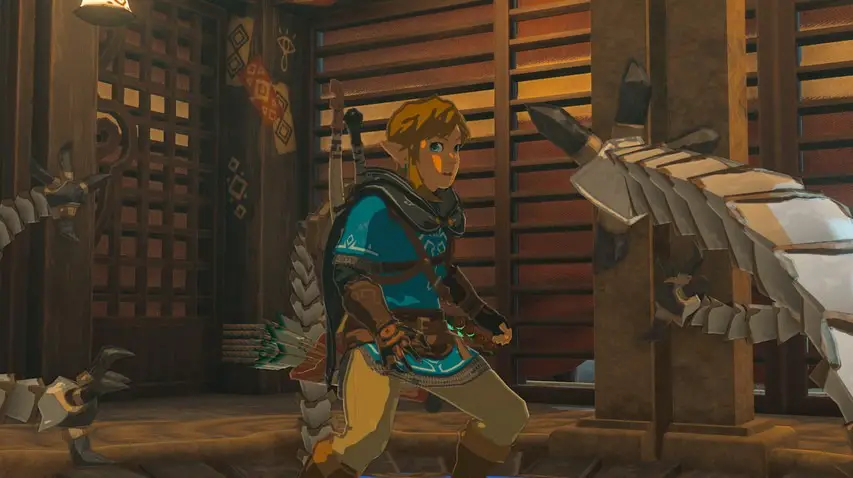
Another issue with combat is how pointless it often is. The still-infuriating weapon-breaking feature means that most of the time it’s not even worth your while. The rewards for beating a bunch of baddies aren’t enough to warrant the damage you’ll do to your weapons, or the reduction in your arrow stock. Most of the time I simply avoided fighting altogether, and never felt like I was missing out. On the rare occasions I was forced into a battle, I tended to trust a bow and arrow ahead of my precious, fragile melee weapons. Link’s inexplicable ability to slow down time whilst aiming a bow in midair is ridiculously overpowered, meaning any terrain that has some high ground puts Link at a huge advantage.
Ultimately, Tears of the Kingdom is a missed opportunity to spice up the combat with some new mechanics. I’m not necessarily saying Link should be made into a one man army akin to God of War’s Kratos, or that I want a hack and slash affair like Hyrule Warriors. The combat should just be smoother and more varied to really push the series to new heights.
Speaking of new heights, the most significant improvement to the existing Breath of the Wild formula is in the all-new sky map – and the sky islands certainly get off to a promising start. The introduction section of the game, which takes Link around the first few shrines, is brilliant, showcasing how cool it is to navigate sizeable, well-designed areas. Unfortunately, it doesn’t last. None of the remaining sky islands are particularly big, and most of them end up recycling very similar puzzles. As a result, the concept of exploring the sky map is another missed opportunity which quickly becomes tedious.
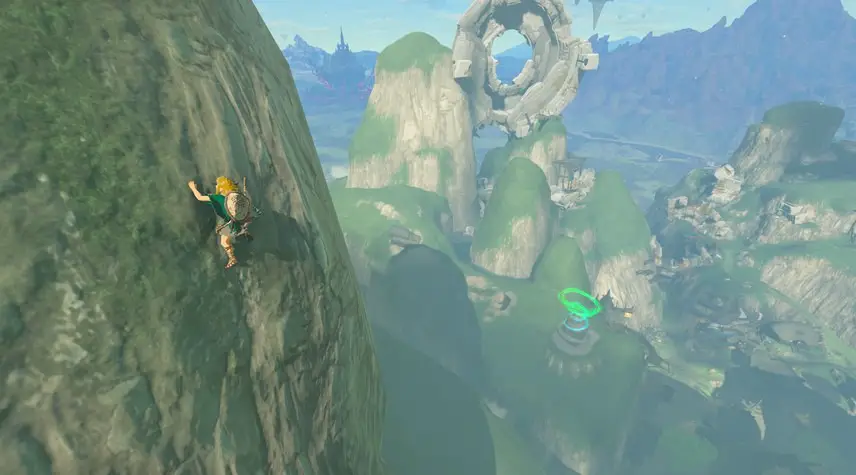
The best part of the sky map is its direct connection to Hyrule’s ground level. Link can nosedive towards the surface at any point, often allowing you to scope out new shrines as you fall. It’s truly exhilarating to do this, and thankfully Link can slow down time here as well. You can take as long as you need surveying the area before pulling out the trusty glider to touch down nice and safely. With lots of things to find and explore, taking to the skies and plummeting down in search of secrets is by far the highlight of Tears of the Kingdom, especially after the initial sense of overwhelmed anxiety is replaced by eager curiosity. It’s awesome to find new Skyview Towers throughout Hyrule, which shoot Link into the air and fill in another chunk of the ground map.
Shrines are just as addictive as ever. Most of my gameplay sessions ended with me playing far longer than I intended, constantly telling myself ‘just one more’. There are far more to find this time – 152 To be exact, with a whopping 40 possible heart containers up for grabs. The shrines are always fun, with a mixture of puzzles and combat challenges that are generally achievable regardless of when you take them on. Puzzles always have a ‘correct’ method of solving them, but it’s just as satisfying to bulldoze your way to the end with a more unconventional approach. Some clever use of Link’s Recall power can often get the job done, as can some creative use of Ultrahand.
There’s also a new underground map known as the Depths, accessed by entering ominous chasms that have appeared across Hyrule. Honestly, the Depths are not a particularly pleasant experience. Unlike the sky map, the underground map is enormous – completely equal in scale to Hyrule’s ground level. However, until you reach Lightroots you must constantly throw or shoot items known as Brightbloom Seeds to see where you are going. It’s a bit cumbersome to do this, and since everything down there looks the same it all becomes rather boring. Another element introduced in the Depths is Gloom damage, where your maximum heart containers can be temporarily reduced when you step on the wrong part of the ground or get hit by enemies. Ultimately, I didn’t think there is enough reward to justify the headaches posed by the Depths. It’s completely optional and except a handful of solid perks (which can be acquired fairly early), the game can easily be completed without it.
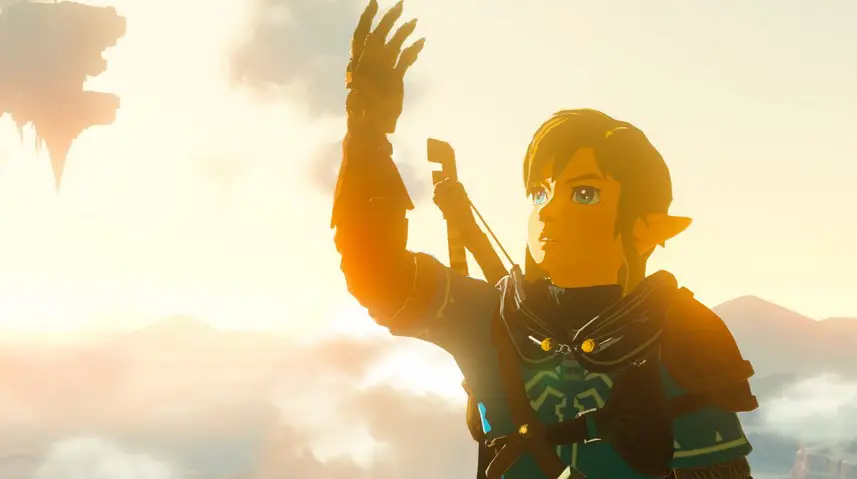
Perhaps the most well-publicised addition to the gameplay comes in the form of the Ultrahand’s new ‘Attach’ power, enabling a near-endless range of construction opportunities. The problem? Most of these constructs – no matter how intricately made – are pretty useless. There are some cool things out there, but their practical useage is questionable. All you really need is something that can fly upwards so you can get to the elusive sky islands that can’t be reached by other means. To get the most out of the best inventions, you also need to acquire Zonai to keep them powered up – unfortunately, this is most commonly found in the Depths. Strangely, some pre-built vehicles such as Zonai gliders simply disappear after a while even if you still have plenty of charge left. This can be really frustrating, particularly when it leaves you agonisingly shy of the island you were trying to reach. Ironically, despite all of the freedom afforded by Ultrahand, the most fun I had with it was when a puzzle had to be solved with only a limited array of materials in the vicinity.
Exploring the world enough will eventually see Link piece together fragments of a story that certainly has more substance than Breath of the Wild. The early-game mysteries of Zelda’s disappearance and the subsequent Upheaval drive the plot forward in a way that kept me inspired to learn the answers. Unfortunately, the novelty wore off for me after a certain story milestone had been reached. The four main dungeons all recycle the exact same story beats, and if you tackle things in a certain order you can uncover the truth behind Zelda’s disappearance before meeting characters still puzzling over it. Frankly it ends up feeling weird that Link doesn’t divulge what he – and the player – knows.
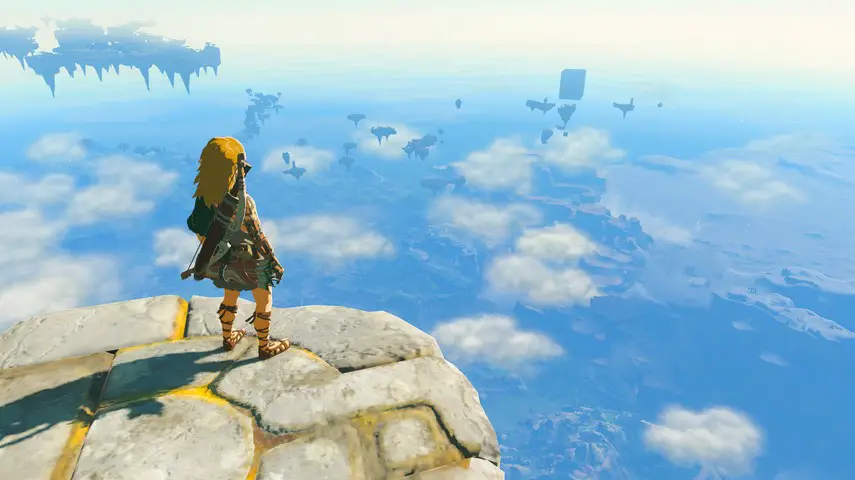
Completing the main dungeons – which are slightly improved from Breath of the Wild, if a little easy – reward you with the ability to access sages in battle, who can be turned off in the menu if you wish. For the life of me, I cannot fathom why this mechanic was designed so badly. To activate a sage’s powers, you must press A whilst near them in real time. When you have a bunch of allies all running around a hectic battlefield, it becomes virtually impossible to actually use the powers you want at the right time – and it’s just as easy to trigger them accidentally, wasting the powers until they cool down. Why not simply ‘equip’ a sage power with a menu wheel, to be used on command with a shoulder button, exactly like Link’s other powers? Bizarre.
Another annoyance is the constant need to switch gear depending on the situation. The various equipment sets come with bespoke benefits like protecting from the elements, increasing your damage or boosting your skydive control. This means you will never settle on a preferred set of equipment, and regularly have cause to change things around. There should definitely be a ‘quick switch’ option, or at least the ability to group together favourite setups to instantly flick from your skydive-boost clothes to cold protection gear rather than fiddle around in the menu again and again. In a similar vein, the important Fuse mechanic requires players to actually drop the items on the floor to fuse them together, instead of being done within the menu. Bearing in mind Link can still somehow eat a full meal from the menu in the heat of battle, it’s strange that we aren’t allowed to perform a Fuse between two items in the same manner.

Don’t get me wrong, for all my issues I still played Tears of the Kingdom constantly for weeks. But by giving each of its elements due consideration, I’m not sure I would rank it particularly highly on the list of Zelda titles. Perhaps the dubious number of perfect 10’s has left a slightly sour taste in the mouth, once again calling into question the integrity of modern day access media. There is simply no way this is a 10/10 game. Having loved the first half of my playthrough, I found myself enjoying the game less and less the longer I played. Maybe large open worlds with complete gameplay freedom just aren’t as novel as they used to be. I personally think it’s time to go back to the semi-linear structure employed in earlier Zelda entries.
Tears of the Kingdom is a good game, but not a masterpiece.
Score: 8.2/10
Zelda: Tears of the Kingdom is much more than a glorified DLC – there is enough new content here to justify a purchase for any big Breath of the Wild fan. Unfortunately, it also fails to take advantage of several opportunities to push the series forward, ultimately falling short of its potential.
Positives
+ Exhilarating, skydiving exploration
+ Fun and addictive shrines
+ Vast world packed full of things to do
+ Sky islands are great for a while
+ Some good character moments, mysteries and twists in an improved story
Negatives
– Combat is mediocre, and often feels pointless
– Not enough variety in the sky map
– Story becomes mundane after a certain milestone
– Some ridiculously clunky mechanics, such as sage powers
– The Depths are just not fun
